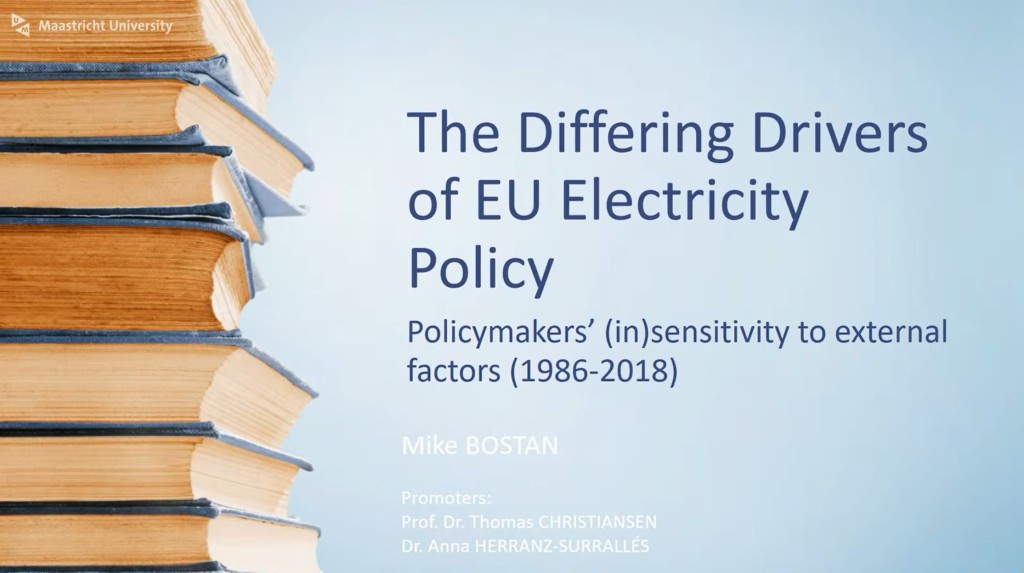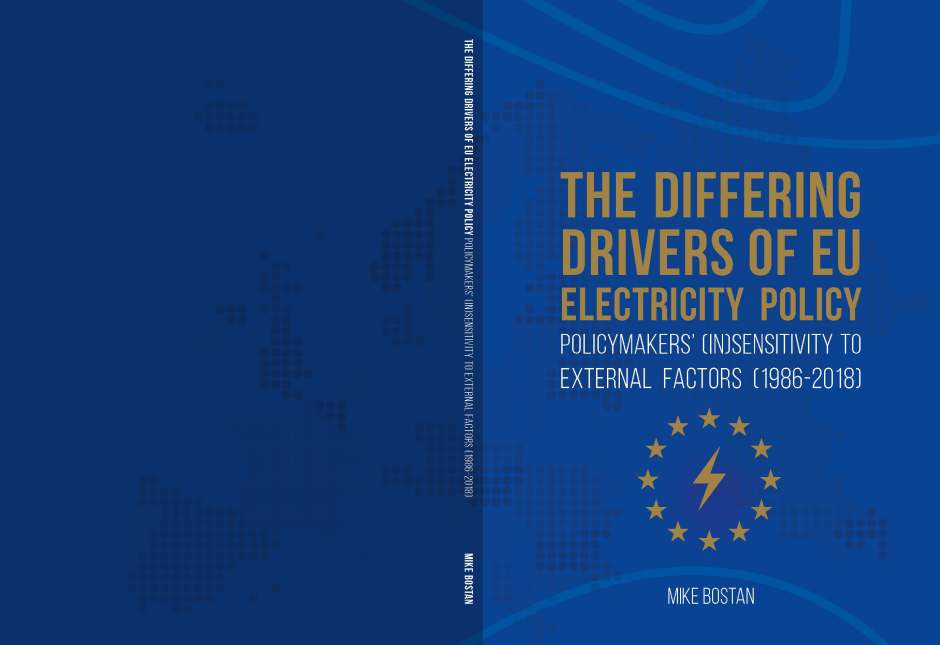The electricity market – a very peculiar market
Economic interactions regarding electricity are designed as a market, like any other commodity. Therefore electricity prices follow demand and supply rules. However, they have some very specific characteristics, at consumer level.
Firstly, demand is relatively inelastic in the short-term, particularly for small consumers, less so for large ones. Secondly, there is limited customer storage options. While there is the option of batteries for small consumers, the storage capability is small (Tesla Powerwalls, for example, have a storage of 7kWh and a power of 2kWh; while average daily household consumption in the UK is about 11kWh). This limits significantly consumers’ response to price fluctuations. Thirdly, consumers have limited if any, substitutes for electricity. They can invest in long term demand-response measures (for example, investing in more energy-efficient appliances), but the basic need for the product remains. Fourthly, the entire society is based on electricity as energy carrier. The use of electricity cannot be avoided by consumers. Because of very inflexible demand and limited storage options, the supply has to match and follow the demand at all times. Various ways to organize the electricity market were used, reflecting competing public policies, for example non-for-profit utilities or regulated monopolies. Electricity markets have retail and wholesale markets. Retail markets involve the sale of electricity to end consumers, while wholesale markets involve the selling of electricity to distributors by electric utilities.
How wholesale electricity markets work
The wholesale market is where the commodity, electricity, is traded (bought and sold) by the electricity producers, the electricity suppliers (who subsequently sell it to end consumers) and brokers or traders. Trading can be via direct agreement – directly between producer and supplier, via broker – brokered mutual agreement, or on electricity stock exchanges.
On electricity stock exchanges (also called power exchanges), like any other stock exchanges, transactions may be either financial (speculating for a better price) or may lead to a physical supply. Products can be spot (purchased for delivery on the same day or following day) or forward products (purchased for delivery sometime in the future). This is very similar to any stock exchange, with the exception that the market did not evolve yet to derivative products.
A particularity of the power exchange is that the commodity follows consumption patterns, so the products can also be base (the minimum consumption of electricity) or peak (supply from 8 morning until 20 from Monday to Friday). Finally, spot products can be day-ahead, weekend or hourly-reference products (half an hour, an hour or blocks of several hours). Therefore, a product sold on the exchange can be, for example, base spot or forward weekend. Key is the day-ahead spot price because it is the reference price for the spot trade.
The power of the regulating authority, usually the Transmission System Operator, on power exchanges is significant, because it has the ultimate responsibility to keep the system in balance. Because the electricity system has to be in balance at all times, the grid manager can take balancing actions, procuring more electricity, stopping someone to supply or asking large consumers to limit usage.
The merit order
A model often used by traders and brokers on electricity markets to describe the electricity generators, their production and costs is the merit order. This ranks power generators (mostly power stations and wind farms) by increasingly short-run marginal costs of production and capacity. Power generators with costs below the demand curve (also known as electricity load) will produce, while those above load will wait for a peak. The last power generator “called” to fill the needed load “sets” the price.
While the model has its limits, such as ignoring energy storage and ramp rates, it still shows that electricity produced by the plants with the lowest cost is dispatched first, minimizing the cost for consumers. The difference between the dispatched power plant cost and the load price is called infra-marginal rent.
For peaking units, the costs are covered by scarcity rents, created when load is very high (peaking). Spread is called the difference between electricity prices and the production cost of the plant (mainly involving fuel costs). Clean spread is the difference between electricity prices and the production cost of the plant, including taxes (such as the CO2 price or the carbon floor in the UK). The main competition is between coal and gas, called clean dark spread and clean spark spread, respectively.
How electricity wholesale markets work in EU28
In 2015, there were several bidding zones, but the purpose of the European policymakers is to make an European Energy Market, with one central market. A bidding zone is the largest geographical area where bidders can exchange energy without constraint . The bidding zones are CWE (France, Belgium, Netherlands, Germany, Austria, Luxembourg), NordPoolSpot (Sweden, Denmark, Finland, Estonia, Latvia, Lithuania and Norway), Apennine (Italy), Iberia (Spain and Portugal), CEE, also known as PXE (Poland, Czech Republic, Slovakia, Hungary, Slovenia, Romania), and Greece. Other couplings were constructed between countries, but they do not significantly affect price differentials.
Some of those bidding areas are now further integrated to form an even larger European power exchange, limited only by the level of interconnection between systems. National power markets still exist, such Romania’s OPCOM, Portugal’s OMIP or Spain’s OMEL, which creates some overlap.
Those bidding zones or power exchanges, including national power exchanges, work as a genuine exchange, trading electricity like any other commodity. NordpoolSpot, the leading European power market, for example offers day-ahead and intraday spot contracts for Nordic, Baltic and UK’s N2EX markets and intra-day spot contracts for the German market. The European Energy Exchange (EEX) and EPEX Spot, a joint venture between Germany’s EEX and France’s PowerNext, offer day-ahead and intraday spot contracts for Germany, Austria, France and day-ahead spot contracts for Switzerland. In addition, EEX has also future contracts, varying from day to year futures, for about all Western countries.















